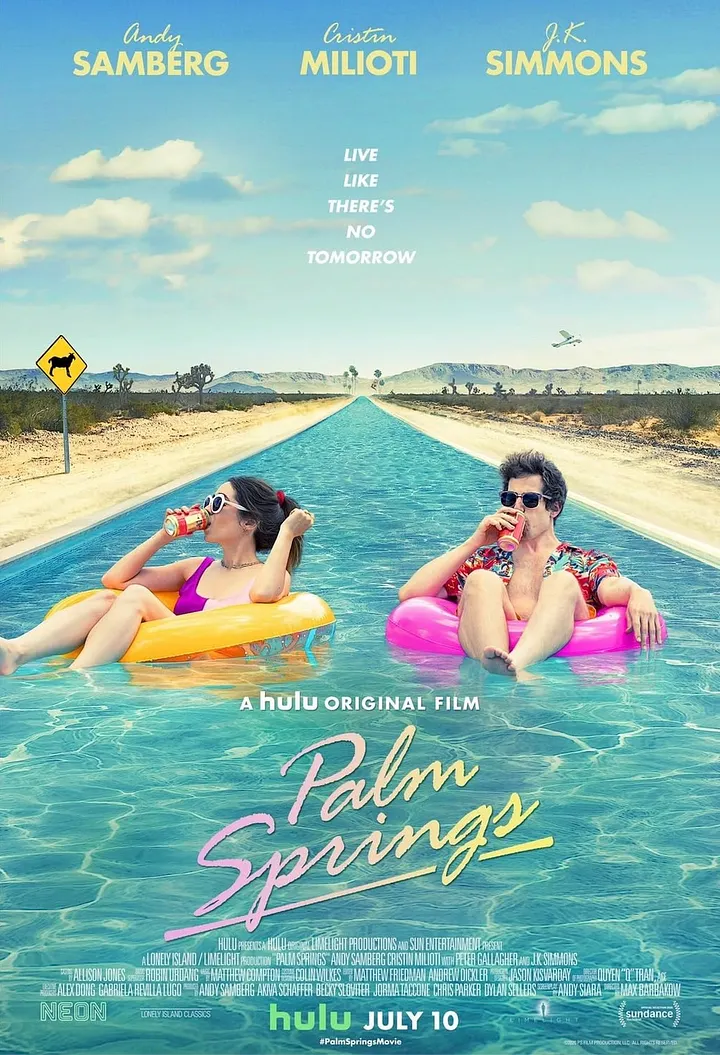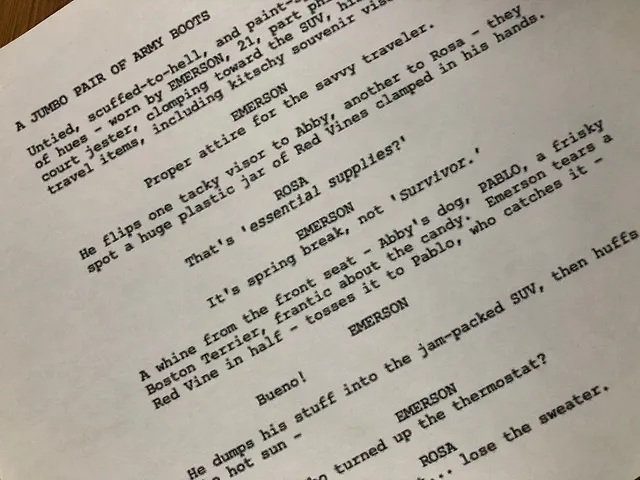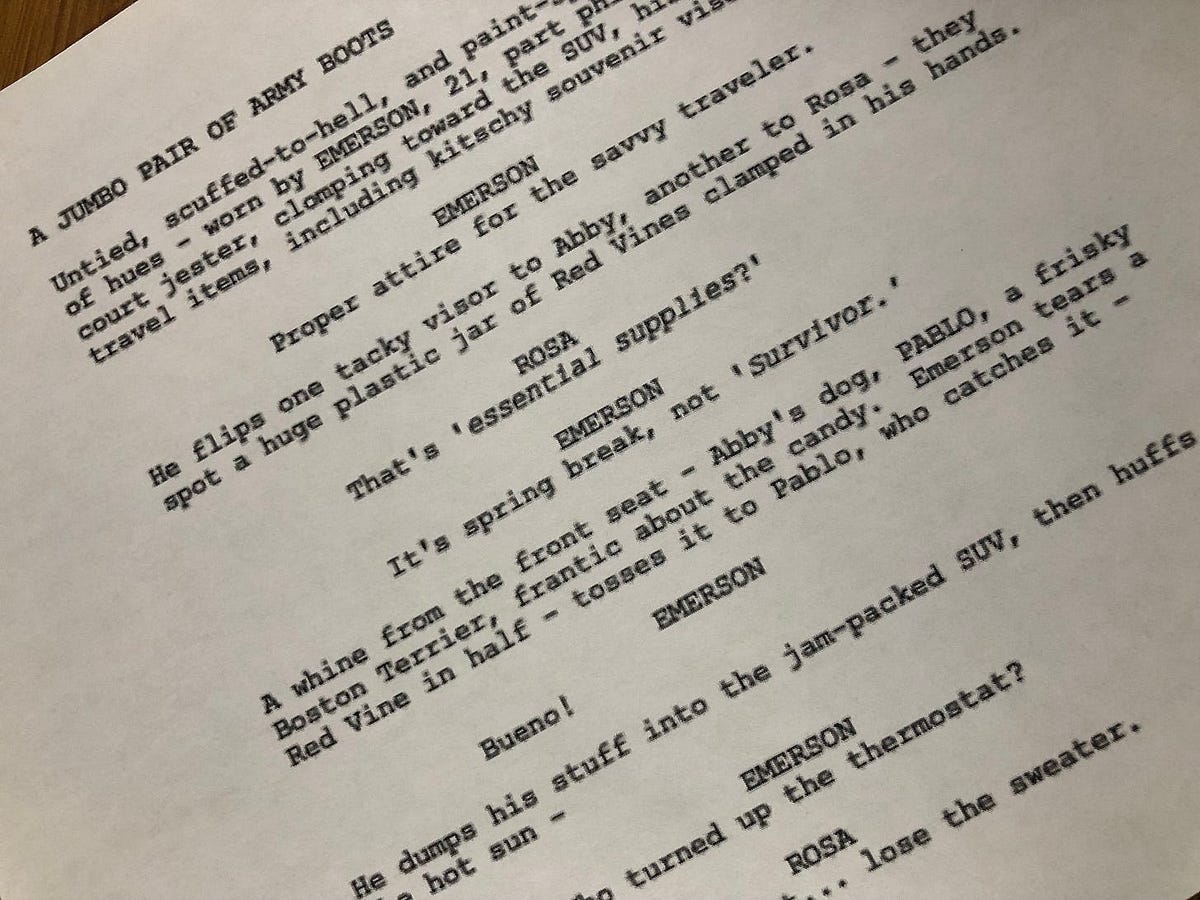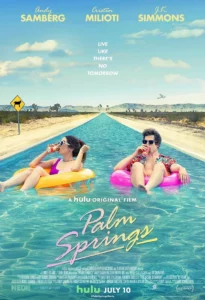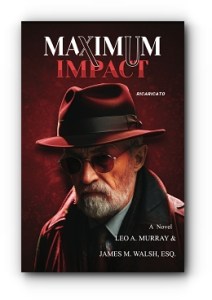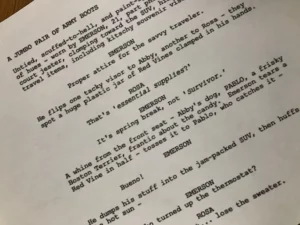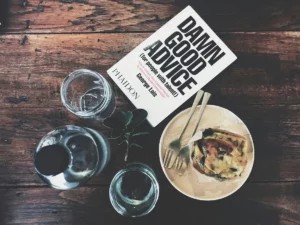“Unveiling ‘Strange Darling’: How a Game-Changing Midpoint Twist Redefines Screenwriting Techniques”
In the world of cinema, the classic late-film twist is like a magician’s final act—unexpected and often jaw-dropping. But what if we could flip that on its head and deliver that “wow” moment much earlier? That’s exactly what J.T. Mollner—the writer-director behind Strange Darling—advocates for. In a recent podcast episode, Mollner passionately shares his belief that there’s no need to wait until the credits roll to reveal shocking truths. Instead, he invites the audience to experience a jaw-dropping twist around the midpoint, making the remaining storyline both a maze of intrigue and thought-provoking character development. As we delve into the insights of Strange Darling, we’re reminded of how audiences today are not just passive viewers; they actively anticipate the unexpected. So, how do we keep them guessing? Let’s explore Mollner’s fresh perspective on timing and twists in storytelling. LEARN MORE
